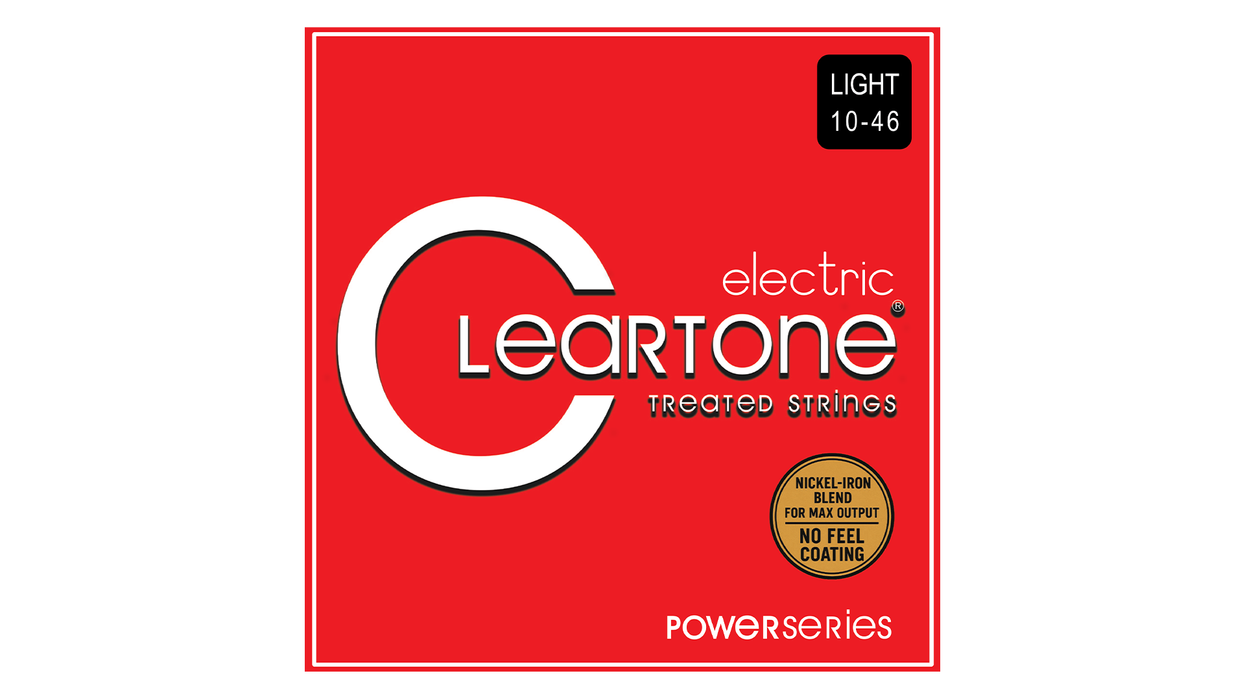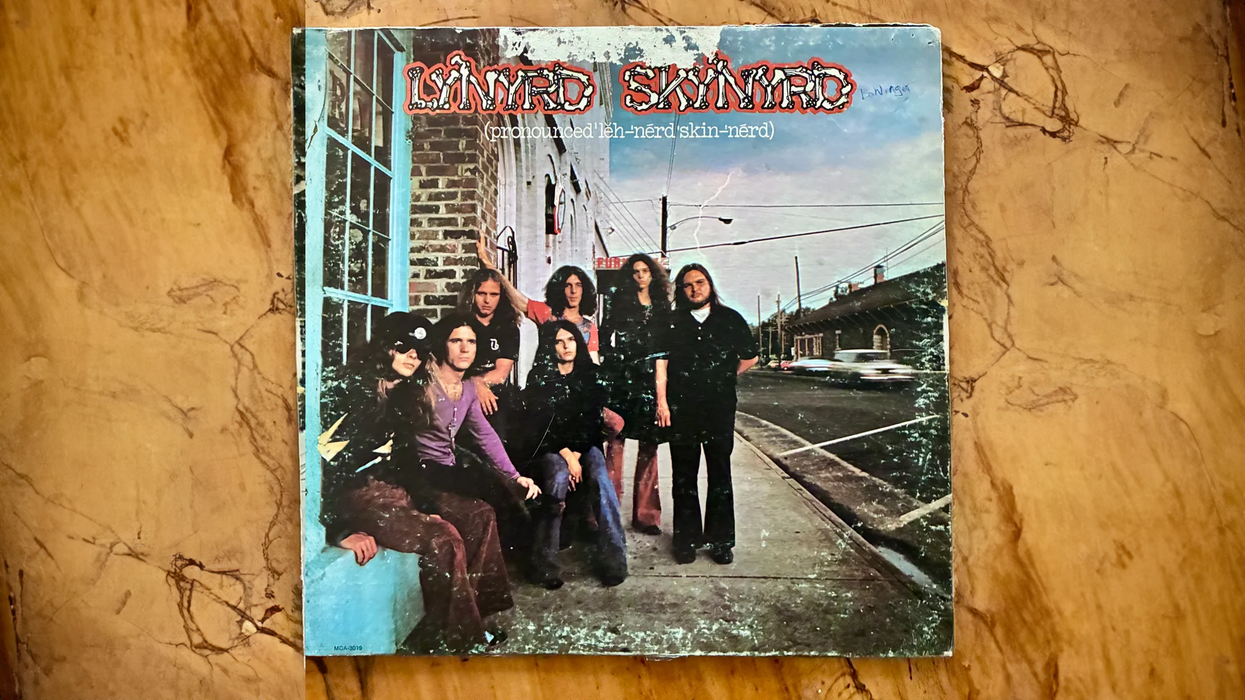Chops: Beginner
Theory: Beginner
Lesson Overview:
• Gain a better understanding of the fretboard through the use of triads.
• Learn about chord inversions and voice-leading.
• Create more interesting rhythm parts using higher-voiced triads.
Click here to download MP3s and a printable PDF of this lesson's notation.
There are three reasons why “high” triads are awesome. First, they can really complement another guitar player’s rhythm work—especially when both guitarists are playing at the same time. Second, arpeggiating these babies can add some nice melodies to your solos. Third, using them forces you to know the notes on the higher frets of the higher strings. Woo-hoo!
High triads contain only three notes: the root, 3, and 5. In open-string chord voicings (you know, those ringing “folk” grips), we sometimes double or even triple these notes. For example, an open E chord contains three E notes (the root), two B notes (the 5), and one G# (the 3). However, in a triad there’s only one of each chord tone. In this lesson, we will be playing these three notes on consecutive “high” or treble strings (strings 1–3), and we’ll target the higher frets (above the 5th fret anyway).
Do you know what note is on the 9th fret of the 2nd string? If you had to think about it for more than two seconds, this lesson will come in handy. I find that many students know the notes on the low 6th and 5th strings only, since they often play barre chords where the root is on either string. When I ask them to play different voicings of a chord, where the root is on the 3rd or 2nd string, they panic and occasionally start crying. Just kidding! But let’s just say they’re not thrilled about it. There is definitely a problem among guitarists with knowing notes across the entire fretboard. I say we start learning ’em. So, in this lesson, we’ll learn how to play three major triad fingerings and use them to memorize notes on the upper frets of the top three strings.
For root position (where the root is the lowest note in the chord), the root will be on the 3rd string, the 3 on the 2nd string, and the 5 on the 1st string—as you can see in Fig. 1. Remember, for now we are focused on learning the shape of the chord and the order of the notes. Once you have that down we can slide it up and down the neck to play any chord we want.
In Fig. 2, you can see a shape for a first-inversion chord. This means that the 3 of the chord is the lowest note. This fingering is probably familiar if you play barre chords. It represents the upper half of a major barre chord, based off the 6th string.
Onward to the second inversion in Fig. 3. Now, the 5 is the lowest note, the root is on the 2nd string, and the 3 is in the melody (which means it’s on the highest string). This fingering is the familiar D chord shape. As a matter of fact, when you play a D chord, the 3rd fret of the 2nd string is where you will find the chord’s root.
Now that we know all three fingerings, we can start getting familiar with using them around the neck. Let’s create an invisible box on the fretboard that stretches five frets. We’ll start with frets 5–9. This means we must play all triads between the 5th and 9th frets. So rather than move one chord shape up and down the neck for each chord change, we’ll have to use all three shapes in one confined area of the neck. If you’ve never done this before, it can be tricky at first. Try not to get frustrated initially—you will feel pretty badass when you have this down.
In these first three exercises, we will isolate each fingering one at a time. First, let’s work on the root-position chords within our invisible box. As you can see in Fig. 4, there are only three different chords we can play in this fret span: D, Eb (or D#), and E.
Set your metronome at 80 bpm and play the random mix of chords in Fig. 5. For now, each chord is given a whole-note value because this gives you time to think about where you’ll be moving next. When playing this exercise, try to think about the root of each chord and its location on the 3rd string. If you use the root as a visual target, you will begin to memorize the notes on the 3rd string.
Now let’s skip past the 1st inversion and try 2nd-inversion fingerings. I prefer to do the 2nd inversion next because as we are visualizing roots, it seems more natural to advance them to the next string. Check out the chords between frets 5–9 in Fig. 6 and then try Fig. 7. Remember to think about the root notes on the 2nd string while playing through the changes.
Finally, here are the 1st-inversion chords in Fig. 8. The root is located on the 1st string, which is a lot easier to visualize if you’re already familiar with the notes on the 6th string or low E. Also, I added the C# (Db), which steps out of our five-fret span, but was the only chord missing from the chromatic 12.
Once you have played through the chords, try out Fig. 9 at a reasonably slow tempo.
Now for the final exam on this area of the neck. You will have to use all three fingerings to play within our span. Fig. 10 begins with whole-notes, so you have some time to think. We move to half-notes in Fig. 11 and by Fig. 12, you’ll have no time to think. Good luck!
So, how’d we do? Hopefully you are feeling more confident about using triads because you know where they are. Remember, you can apply these same chord shapes anywhere on the neck. Once you have worked through the examples in this lesson, move on to another region and start the process over again. Stay tuned for more to come on this topic. We’ve only scratched the surface.
 Alex Nolan
Alex Nolan
Alex Nolan is a NYC-based guitarist, songwriter, and instructor who specializes in rock, R&B, country, and Brazilian jazz. Having served on the faculty of the National Guitar Workshop and holding a degree from the University of Southern California’s Thornton School of Music, Nolan has performed as a lead guitarist with various artists including Jill Sobule, Joan As Policewoman, Toshi Reagon, Marcus Hummon, Katie Armiger, Sophia Ramos, and Amanda Ruzza. For more information, please visit alexnolan.com.


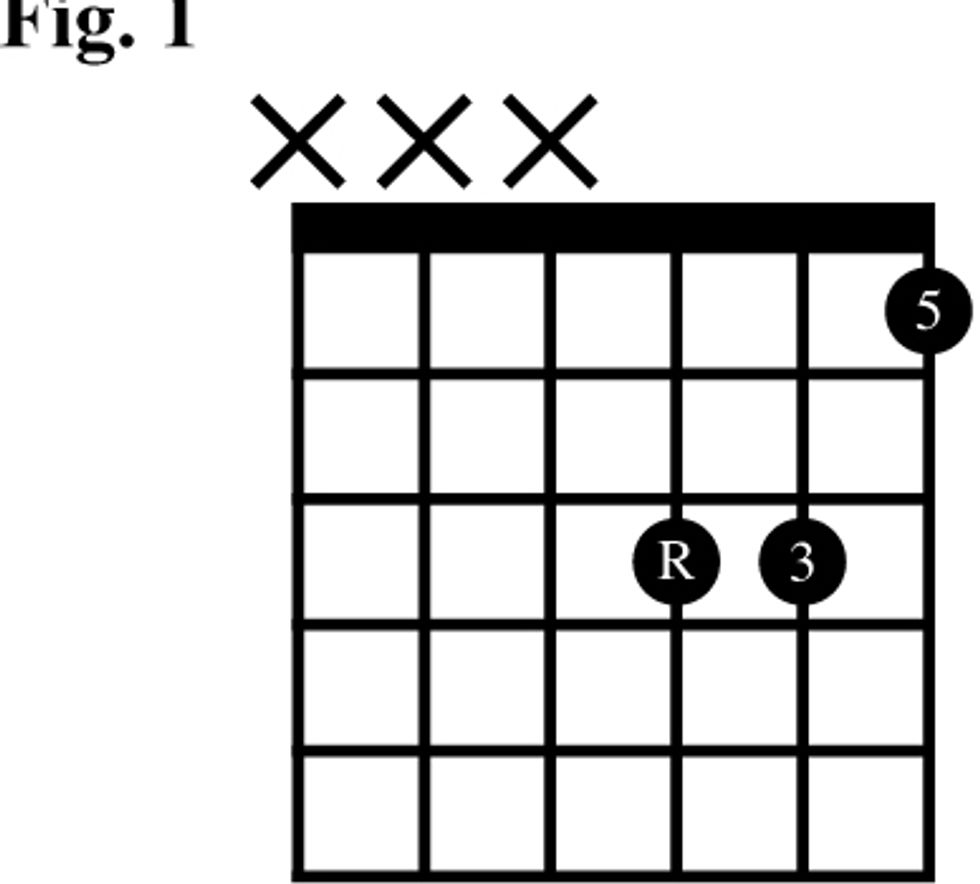
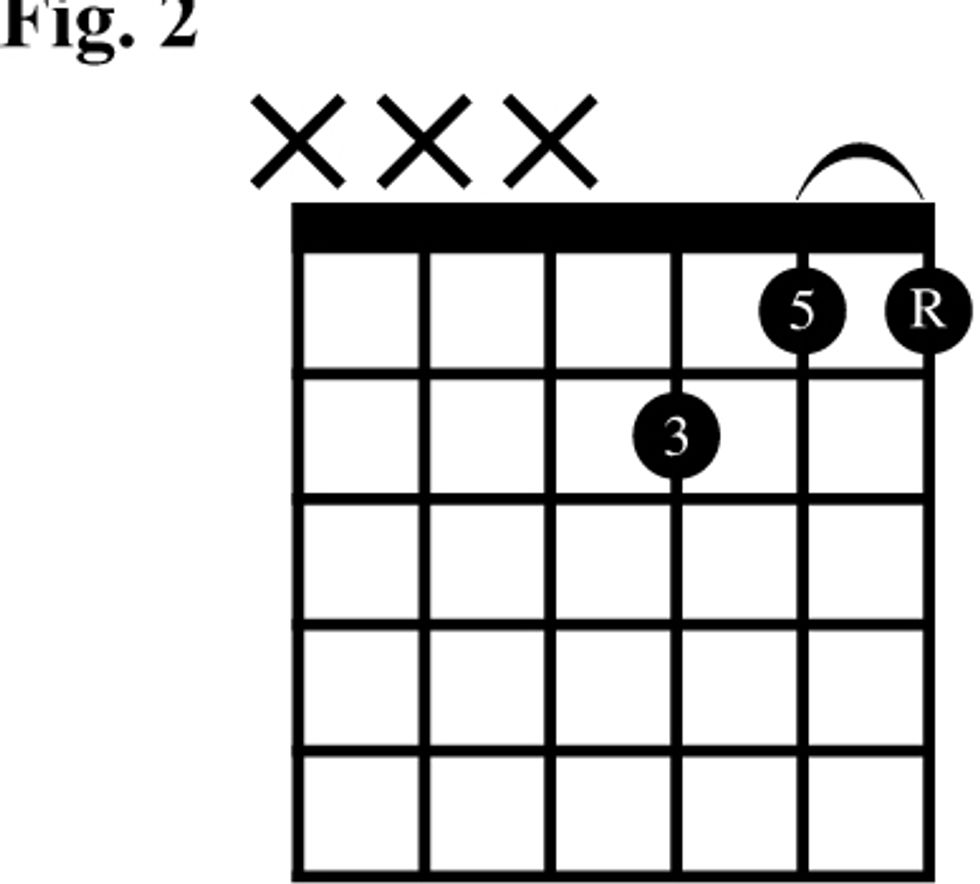
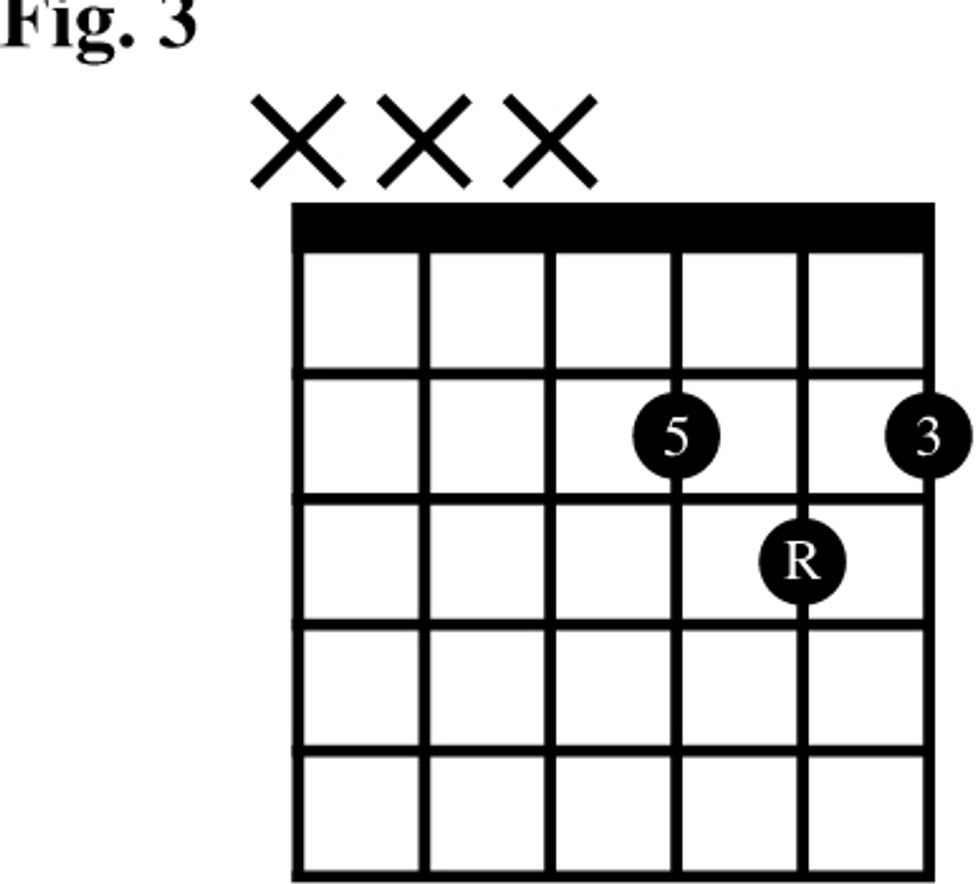









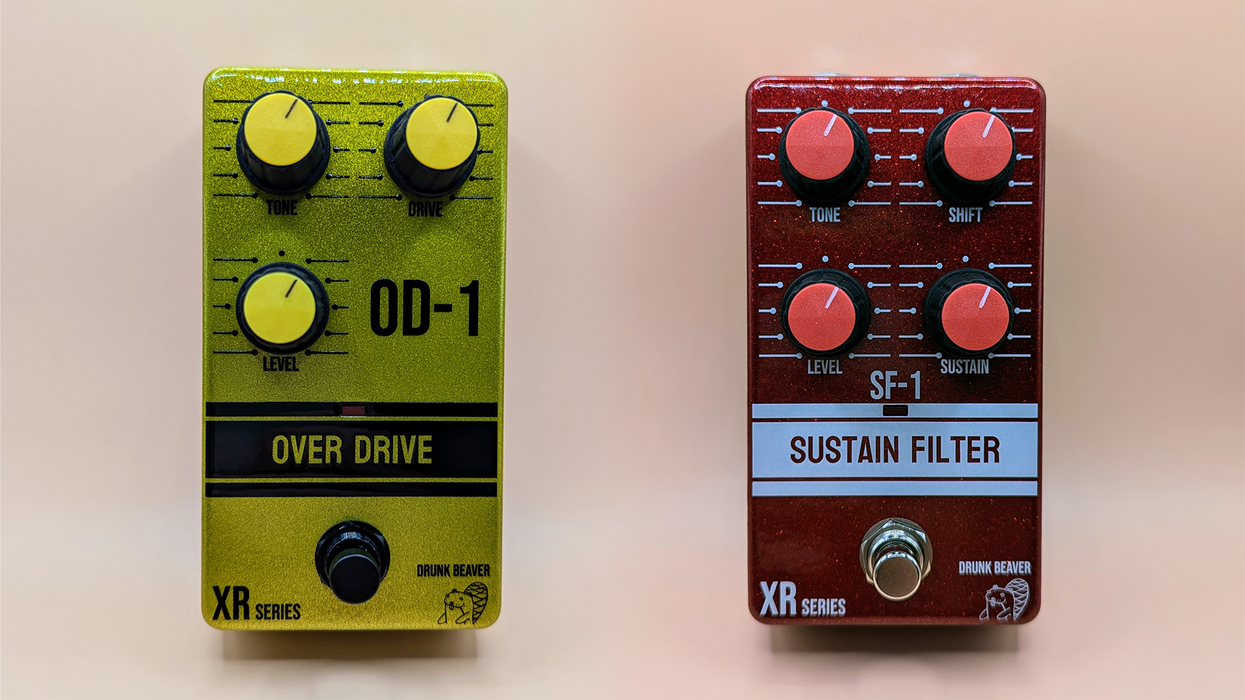
![Rig Rundown: John 5 [2026]](https://www.premierguitar.com/media-library/youtube.jpg?id=62681883&width=1245&height=700&quality=70&coordinates=0%2C45%2C0%2C45)
